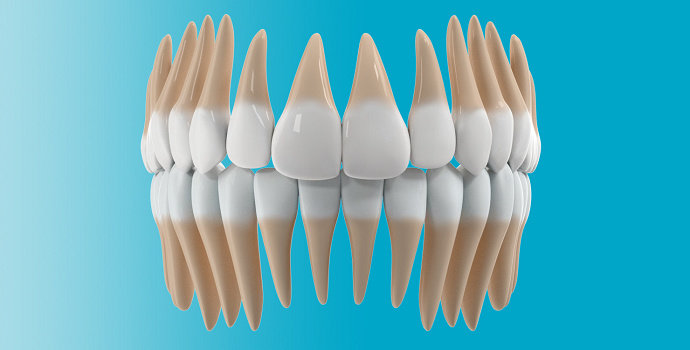The management of maxillary canines’ impaction is very important to know, considering these teeth are the second most common teeth that have a tendency to impact after third molars, with a prevalence in the range of 1.1 to 13% of the population. If the impacted canine cannot be preserved due to its location, an odontectomy may be considered.
An accurate and adequate evaluation of the position of the impacted maxillary canine is required to assist in decisions-making related to the severity of the position of the impacted teeth, the difficulty level of treatment, and the prognosis of the treatment. But prognostic index has never been used to help determine the type of surgical treatment for the maxillary canines. In addition, the application of treatment difficulty index by Pitt et al is too complicated, considering the weighting factor, so it is possible to be simplified by creating a new index as a modification of difficulty index to make it easier to obtain this index. Furthermore, this modified index is assessed to determine the validity of a decision, whether the impacted tooth requires surgical exposure or odontectomy. Based on the reasons above, this study was conducted with the aim of testing the validity of a newer modification difficulty index, which was originally made by Pitt et al,14 and determining the correlation between the severity of the maxillary canine impacted teeth and the surgical treatments such as odontectomy and surgical exposure oral and maxillofacial surgery, which were evaluated using treatment and modification difficulty index.
Conducted orthopantomographic analysis of the intraosseous position of the maxillary canines were used to characterize the spatial position of the right and left permanent maxillary canines: (1) angulation, (2) impaction depth, (3) mesiodistal position in relation to the ipsilateral incisor, and (4) mesiodistal position in relation to the ipsilateral premolar. A total of 55 canines was then examined using preoperative panoramic radiographs, which were then divided into two groups, consisting of 23 cases of postodontectomy group and 32 cases of postsurgical exposure group. The angulation of impacted teeth to the midline showed that the mean angulation in the odontectomy group (71.12° 40.50 °) was higher than the mean angulation in the surgical exposure group (36.94° 29.87°), with the mean angulation in the combined group was 51.23° 38.34°. The mean severity of maxillary canine impacted teeth using treatment difficulty index in the odontectomy group (26.173 2.565) was higher than in the surgical exposure group (22.703 4.321). The mean severity of maxillary canine impacted teeth using modification difficulty index in the odontectomy group (14.739 1.763) was higher than in the surgical exposure group (11.968 2.890).
The higher the difficulty index score of an impacted tooth location, the more difficult it is to align that tooth. If the canines’ prognosis was good in all areas, the primary canine could be extracted to allow the affected canine to spontaneously erupt. If the canine does not erupt within a year, orthodontic therapy including surgical exposure and alignment may be necessary. If the prognosis in these groups is mixed, definitive treatment with canine extraction can be conducted, depending on the total malocclusion and other relevant considerations such as patient age, crowding, and dentition condition. If one or more of the criteria is poor, or if disease is present, orthodontic treatment is required, and the primary canine should not be excised.
Authors: Olivia Jennifer Gunardi, Coen Pramono Danudiningrat, Andra Rizqiawan, Indra Mulyawan, Muhammad Subhan Amir, David Buntoro Kamadjaja, Ni Putu Mira Sumarta, Ganendra Anugraha, Reza Al Fessi, Liska Barus, Shigehiro Ono
Link/ Journal Title: Decision-Making Criteria of Odontectomy or Surgical Exposure in Impacted Maxillary Canine Based on Treatment Difficulty Index Modification





